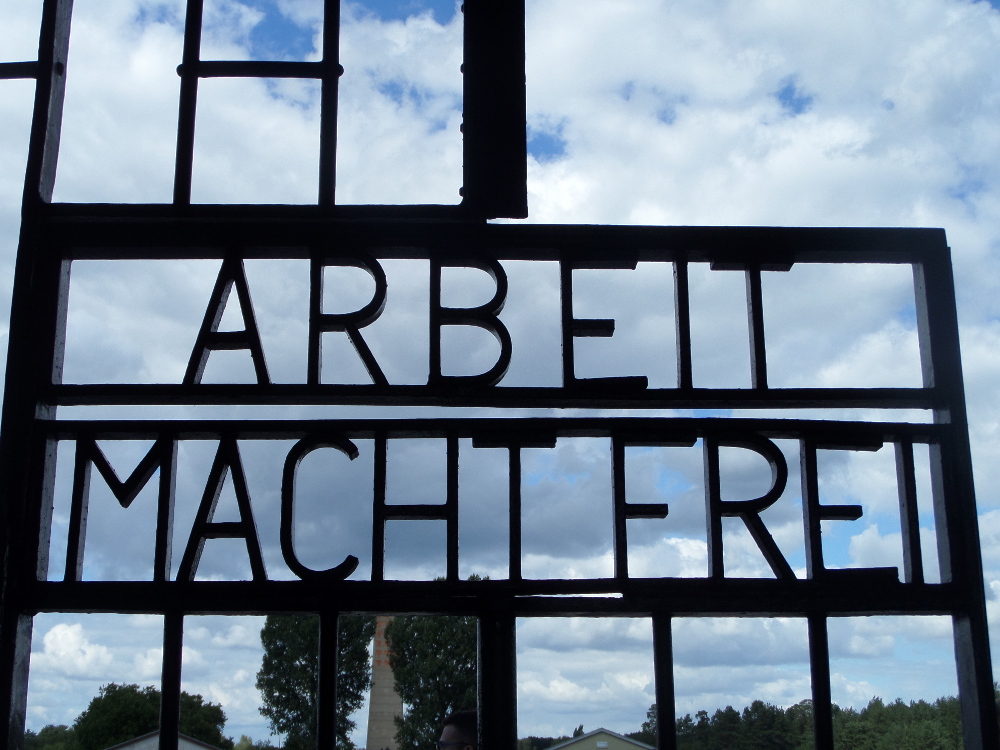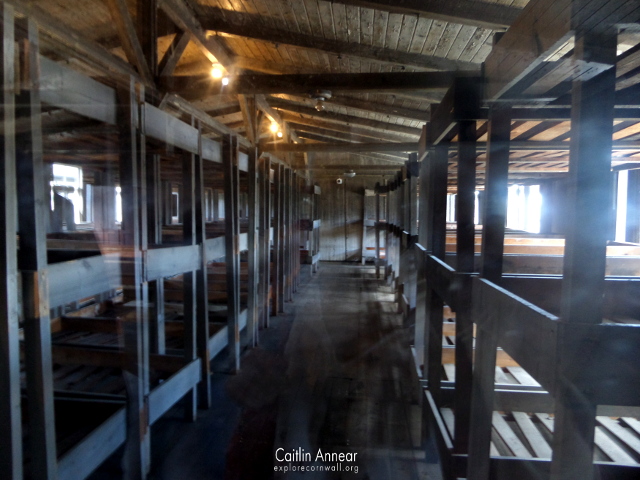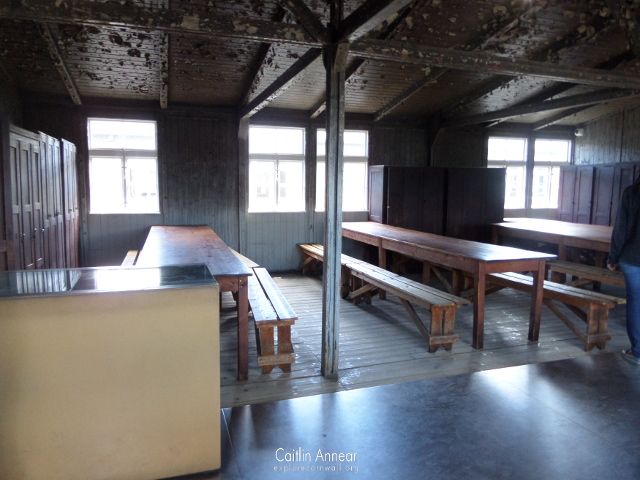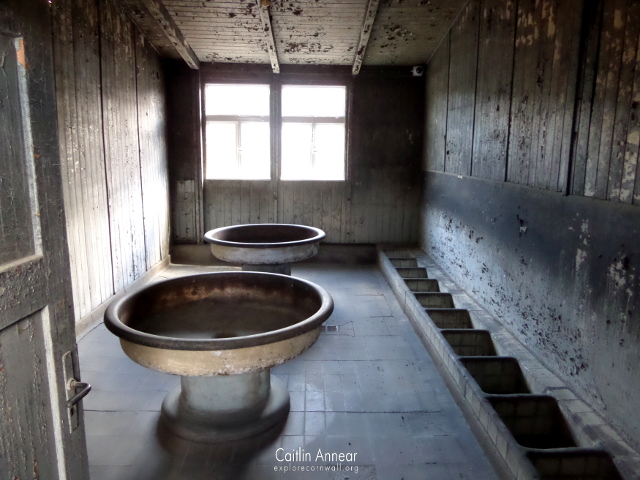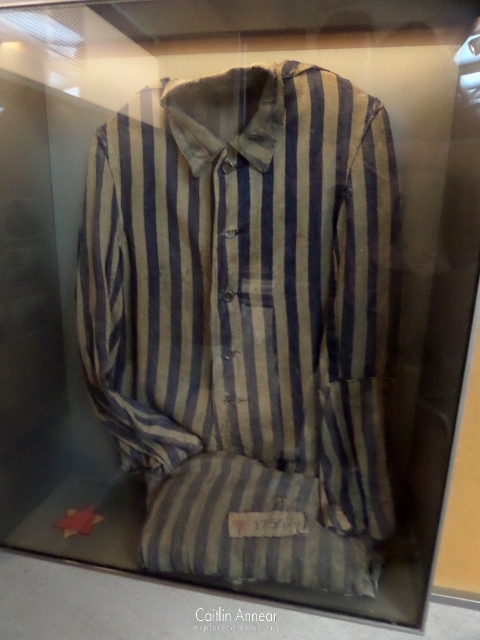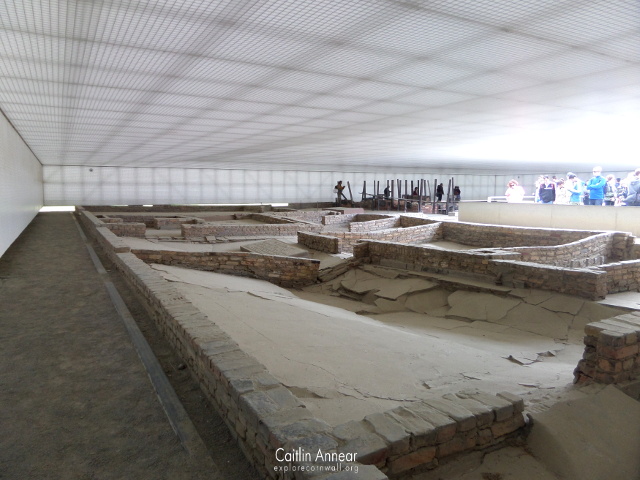Just north of Berlin in the town of Oranienburg is Sachsenhausen Concentration Camp, one of Nazi Germany’s very first concentration camps.
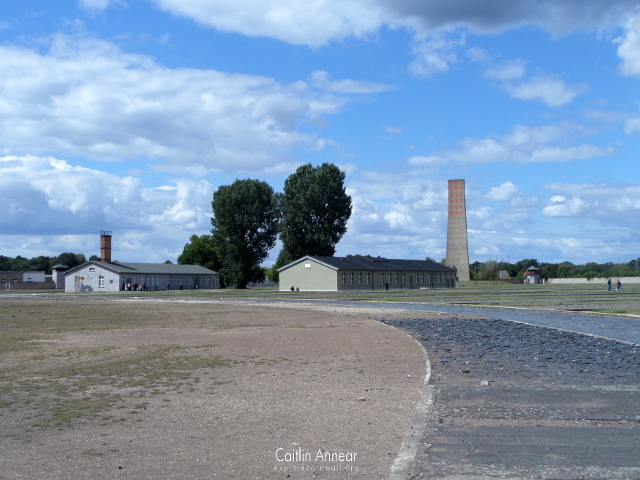
Built in 1936, Sachsenhausen Concentration Camp was designed as a model camp for all those that were to follow. SA Stormtroopers had originally used a disused brewery closer to the town centre as the very first camp in Prussia, but this was taken over by the SS in 1934 who closed in favour of a larger purpose built facility further away.
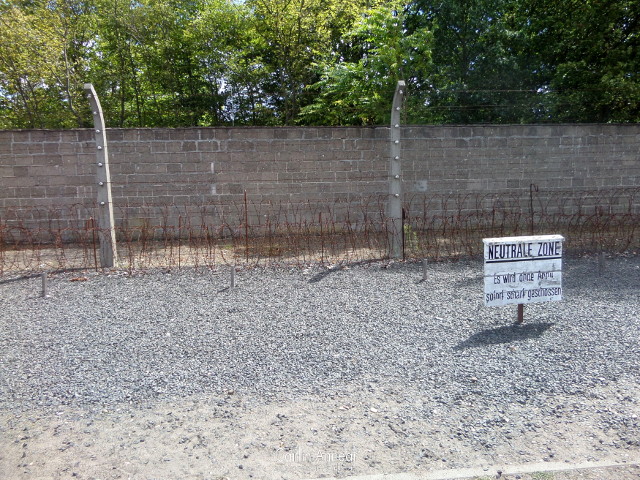
If prisoners strayed into the strip of land around the edge of the camp they would have been shot.
The newly appointed Chief of German Police Heinrich Himmler wanted a camp close to Berlin so that it could be used as SS training grounds, but further away from the publics eye. Between 1936 and 1945 over 200,000 thousand individuals were imprisoned here, with most being German citizens to start, but as WWII progressed people were sent from all over. By 1944 90% of internees were from other countries, particularly from Poland and the Soviet Union.
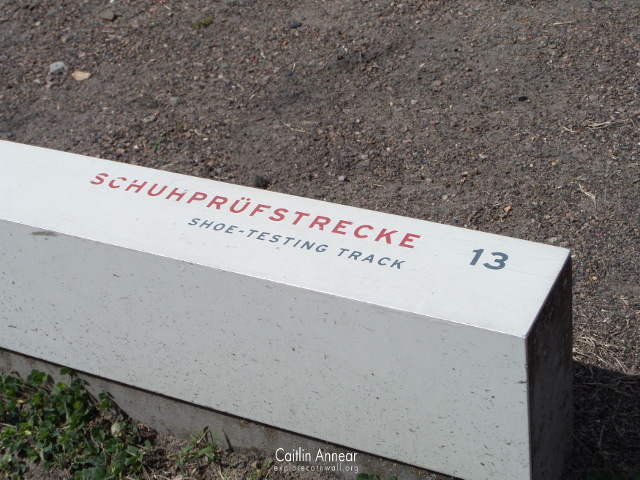
The camp was originally designed to be a forced labour camp, with inmates predominantly working at the Klinkerwerk brickworks. Prisoner were forced to build the worlds largest brickworks in 1938, once erected 2,000 of them were sent there daily to help produce the material that went into many of Hitler’s grand structures. In 1943 it was transformed to produce munitions.
In 1940 a new type of labour was devised: this was ‘shoe running detail’. The German government wanted to test out various shoe soles on different surfaces and the Sachsenhausen Concentration Camp inmates were chosen as the ones to test them. A ‘running track’ was laid out around the parade ground and prisoners were forced to march up and down all day.
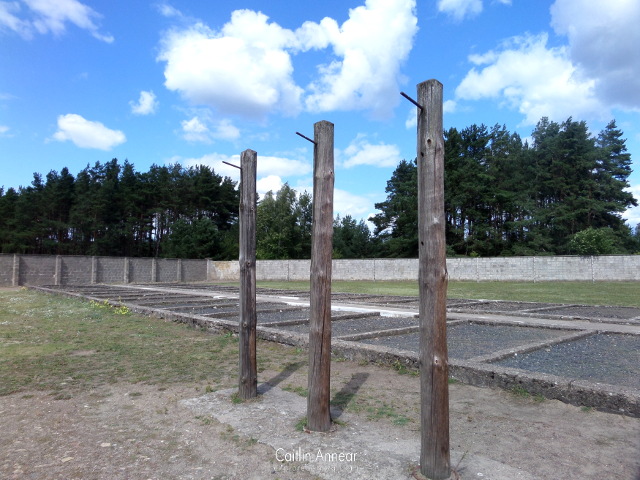
Posts outside the isolation cells where prisoners would be strung up by their arms.
In 1942 an extermination unit (Station Z) was added to the camp, complete with crematorium and neck shot unit. A gas chamber was installed the following year.
By the beginning of 1945 there were 80,000 individuals at the camp and its satellites. As the Soviet Army quickly advanced towards Berlin, the SS began to execute those prisoners considered the most dangerous and 13,000 others were moved to Mauthausen and Bergen-Belsen. On April 21st, roughly 30,000 remaining prisoners began to march, with thousands dying before liberation.
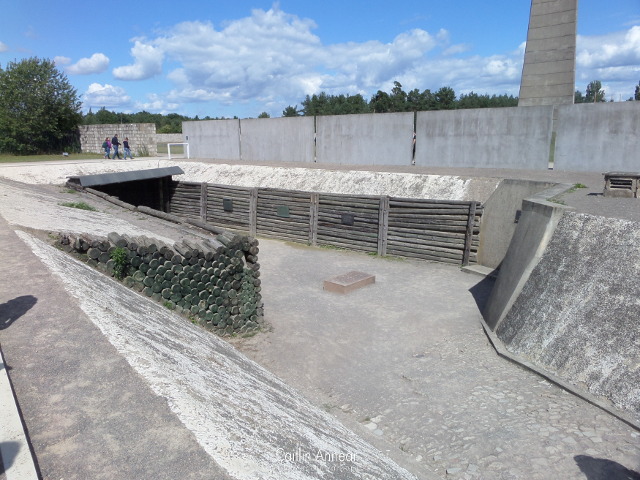
The camps execution trench.
For five years after the war, Soviet’s made use of the ready made camp to house Nazi’s and other political ‘undesirables’, renaming it Special Camp 1. Roughly 60,000 people were held here during that time, with 12,000 dying.
From 1961 the camp was slowly turned into a war memorial, with efforts made to preserve the structures still present. In 1993 it officially became a museum.
Access is available through ticketed entry. We got an English speaking tour through Insider Tour Berlin which was a brilliant idea we our guide Mike was able to provide much more information about the whole site.
There is a small carpark opposite the main entrance. The main train station for Oranienburg is roughly a 20 minute walk away.
